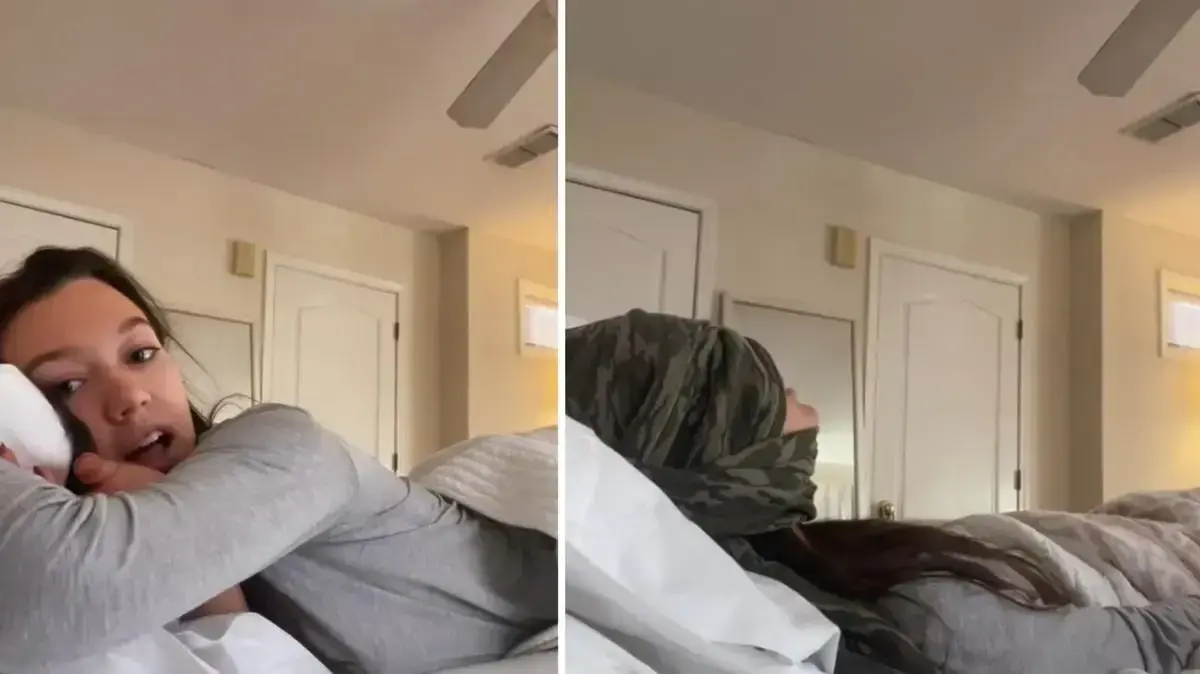Can we recover energy without sleeping?
In any case, this is what the NSDR technique promises, for “non-sleep-deep-rest”, understanding “intense rest without sleep”.
The method, which includes meditation and breathing exercises, was created by Andrew Huberman, neuroscientist and professor at Stanford University School of Medicine (California).
It is part of his protocol for better brain plasticity, published on his Huberman Lab site in October 2021.
In video, the signs that show that you are in sleep debt
Meditation and breathing
The neuroscientist defines the NSDR as a deep relaxation tool.
The method can be performed in different ways, several times a day;
by taking a 20-minute nap, self-hypnosis, or even a yoga nidra session, a discipline combining guided meditation and breathing exercises, performed in a lying position with eyes closed.
What is this tool worth?
In breathing exercises, sleep doctor Philippe Beaulieu sees it as a wise idea for resting.
He explains: “Taking long exhalations while closing our eyes cuts us off from external stimuli and promotes a return to calm in the brain”.
According to the doctor, guided meditation and self-hypnosis also help calm his breathing rhythm to calm down.
“They also help focus attention on the body and the breath.
We thus distance ourselves from our thoughts and our ruminations”.
Read alsoHere is the ideal duration of sleep to protect your brain from the age of 40
The siesta, not just anyhow
The only downside for Philippe Beaulieu, relates to the multiplication during the day of micro-naps of about twenty minutes.
“The nap is a good tool for recovery, underlines the doctor, but it must be handled with care so as not to disturb our natural rhythm and damage our nocturnal sleep.”
The nap must be handled with care so as not to disturb our natural rhythm and damage our nocturnal sleep.
Philippe Beaulieu, sleep doctor
For the siesta to be regenerating, Philippe Beaulieu recommends taking it at the very beginning of the afternoon, when our natural awakening decreases, and not to exceed 20 minutes, at the risk of entering a phase of slow-deep sleep, which will cause a "muddy" state when waking up and deprive us of the benefits of the moment of rest.
In video, nocturnal awakening: tips for getting back to sleep















